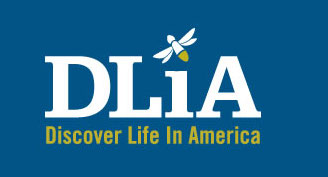Purchase Knob : 7/5
My independent project on assassin bugs is starting to heat up! This past week I explored various areas of the park searching for these elusive predators.
The other interns and I travelled to Purchase Knob, a 535-acre piece of land that contains the Appalachian Highlands Learning Center. We were able to travel here and work in the newly renovated laboratory and living space provided by the park. During the daytime I focused on sweep netting, a capture technique that involves sweeping a large canvas net through flowers and shrubs in hopes of capturing any insects that were living on the plants. Through this method many potential assassin bug specimens were captured!

After a long day of sweep netting we were able to relax and eat dinner in the beautiful facilities of the research center. The views were great!
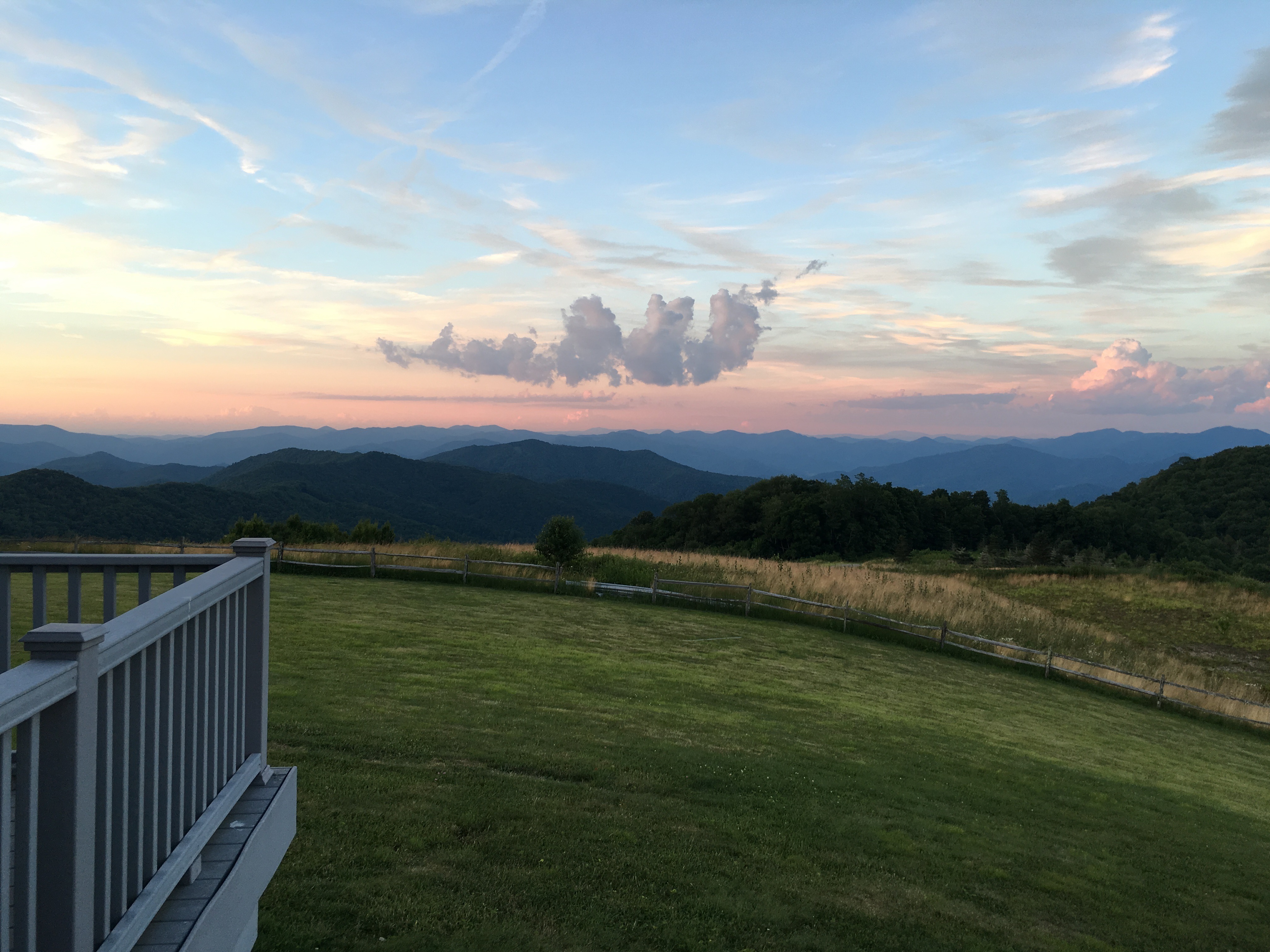
After a quick rest we set out to prepare ourselves for night capture. To capture insects during night, UV light traps were used. These traps consist of a bucket, lid, UV light, battery, panes of acrylic, and a collection funnel that leads to a collection jar. We set up three of these in various habitats on the property to maximize our chances of capturing a variety of species. In addition to many moths, we caught a few potential specimens. Next night capture a mercury vapor light will be used to increase the wavelengths of light that may attract bugs.

Introduction: 6/17
My time so far at DLIA has been incredible! From hiking to the top of Gregory’s Bald to netting bats in remote areas of the park the great experiences never stop.
Currently I am working on my independent project that focuses on discovering new species of Assassin Bugs and documenting the locations where they are present in the park. Assassin Bugs are a group of bugs in the Reduviidae family that typically wait on flowers and leaves as a predator. DLIA is partnering with Dr. Christiane Weirauch at the University of California at Riverside to identify the specimens found. With the help of her laboratory and knowledge, along with more searches, including both day and night capture, the Great Smoky Mountains National Park’s knowledge about Assassin Bugs will be increased.
A few of my other favorite memories from my past month at DLIA include hiking Gregory’s Bald, helping out at the DLIA Firefly Fundraiser at Norton Creek Sanctuary, and netting bats.
Gregory’s Bald, a 4,949-foot peak near Cades Cove, did not disappoint at all! Once at the peak the views and flowers were incredible. The azaleas were just beginning to bloom with soft yellows, pale pinks, bold reds, and bright oranges covering the peak.
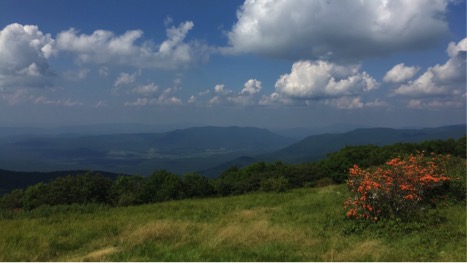
These flowers made it so the hike to the peak offered both views of the meadows of Cades Cove and a beautiful attraction at the top. Hopefully I will have another opportunity to visit later in June to see the progression of the azaleas blooming at the peak!
The Firefly Fundraiser, highlighting the synchronous fireflies, was another fantastic experience. The land of Norton Creek Sanctuary was an experience by itself, secluded on mountaintops abutting the border of the park with incredible views and beautiful buildings.
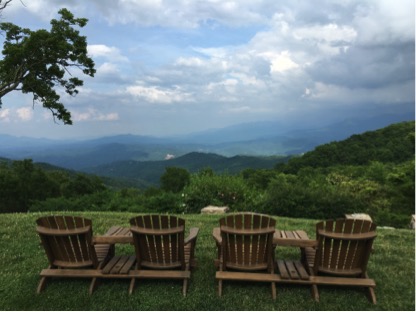
Each night I was able to become lost in the world of fireflies as they lit up for hours, blue ghosts flickering in the distance in their signature eerie blue, glowworms on the ground, and the famed synchronous fireflies illuminating sections of the forest as they alit in unison.
Another one of my favorite things to do as an intern is bat netting! A few nights of the week we are able to accompany a graduate researcher from UTK who is using mist nets to capture and band bats for tracking. If a Tri-Colored Bat is captured, a tracking device is attached so more information about their preferred habitat can be discovered. Though I haven’t seen a Tri-Colored Bat captured yet, I have had the opportunity to see a Silver-Haired, Rafanesque’s, Big Brown, and Red Bats. Hopefully in the next months helping out at DLIA I will be able to see a Tri-Colored Bat!
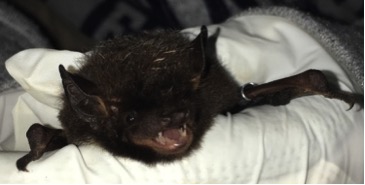

Here’s to more adventures and great experiences as an intern at DLIA!
